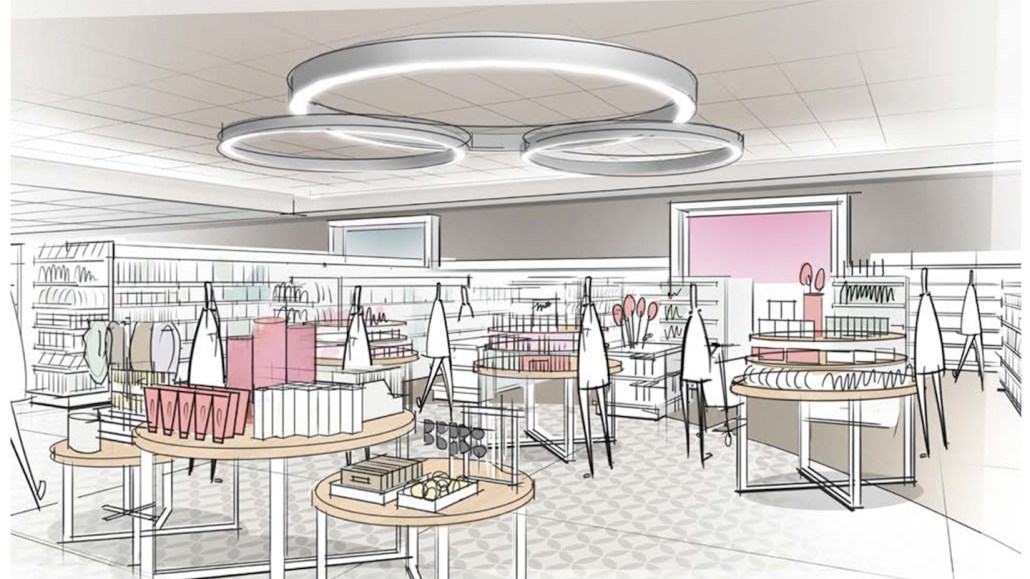
This holiday season, retailers want to get customers in and out of stores as fast as possible.
This week, Walmart, Target and Kohl’s rolled out mobile checkout capabilities, which give store employees capabilities to check out customers using mobile devices, an experience similar to Apple stores. Big-box retail brands are also rolling out digital way-finding tools to help customers navigate through aisles quickly to locate items quickly, find them at other store locations or have them shipped to a customer’s home.
Through convenience enabled by in-store technology, retailers are pivoting away from an old industry mindset: Get customers into stores so they’ll spend more dwell time, and as a result, more money. The focus is now on making the in-store experience as efficient as possible. Even if the customer only spends a few minutes picking up a low-price item, it’s not seen as a negative. The idea now is to build loyalty to a brand that encourages ease of transaction and repeat visits.
“The legacy model of retail is all about having the inventory and having customers come pick it up,” said eMarketer e-commerce and retail analyst Andrew Lipsman. “If you’re engaging in inventory retail, the only way to win is when a customer needs it right at that time today; as Amazon does more same-day delivery, you’re going to lose.”
So instead of trying to battle Amazon using the legacy inventory model — hoping that whatever is in stores will compel customers to make purchases — retailers are focusing experience driven through convenience. To do that, retailers are reducing friction at checkout, giving customers to options to pick up or ship items to stores, and adding digital tools to help find products either in the store or online, if they’re out of stock. So, shorter, smaller-dollar visits don’t worry larger retailers who once thrived on keeping a captive customer on site as long as possible. They’re making up for that with more options: If a customer can send a pair of online-only shoes to a Walmart store and pick it up there the same day, that’s a sale the retailer may not have made otherwise.
“It’s about giving them options — what the [customer’s] choice is for a particular trip,” said Walmart rep Ragan Dickens. “It’s about an omnichannel approach and what works for them in that moment.” A customer may have a few different types of visits in a single day, and the retailer wants to meet those needs in the most convenient way, he added.
On Thursday, Target rolled out employee-assisted mobile checkout. Under a new “skip the line” convenience service, employees equipped with mobile devices will be deployed to the busiest sections of stores to help customers settle up without lining up at checkout. Target already offers customers curbside and in-store pickup. Target, however, is working to use its stores to serve a dual purpose, by catering differently to customers who need to get in and out in a few minutes, and those who have the time to relax and browse inventory. Among plans being considered for future store designs are two entrances: an “inspiration” entrance catering to those who want to spend time at the store, and an additional convenience entrance designed to serve customers who are in a rush. It’s the concept behind Target’s Houston “next generation” store, and it’s influencing plans to redesign 600 stores by 2019.
“Less time at the store is not a concern — our traffic has been increasing,” said Target rep Eddie Baeb. “The more convenient we can make our stores, the more relevant they are to [customers’] lifestyles.”
Instead of focusing exclusively on growing purchase volumes during each individual visit, the new strategy is a longer-term loyalty play, said David Bray, CEO of Briz Media Group, an ad agency that serves tech companies that work with retailers. Tech can make the experience easier and more enjoyable for customers, triggering a more positive association with the brand.
“The old school philosophy is you want to keep them there and make them shop for shoes, makeup and what have you, but now with the online offerings, the offline world is about creating the brand relationships with the consumer,” he said.
More in Marketing

After watching X’s ownership issues play out, marketers brace for TikTok whiplash in 2026
TikTok’s ownership drama has echoes of X (formerly Twitter), but ad performance has kept marketers for fleeing—for now.

‘There’s no room for purists’: Generative AI is altering the agency junior talent search
AI is altering agency business models. It’s altering the skills they’re hiring for and where they’re hiring them from, too.

For platforms, here’s what’s not going to happen in 2026
Rather than the traditional platform predictions, this is a list of what Digiday believes won’t happen next year.





